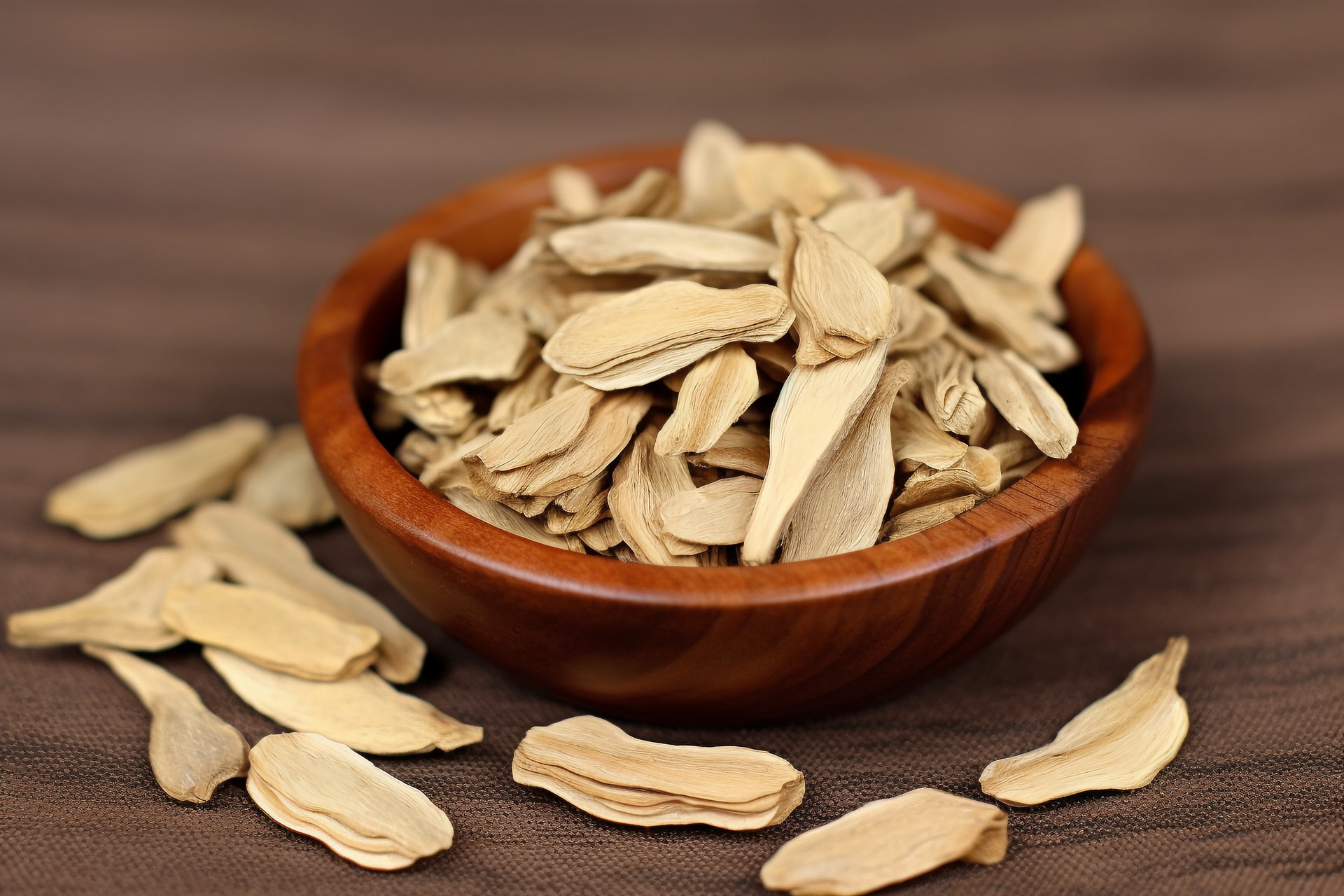Purple oil wood leaves are also known as false chun or purple leaves. It is a traditional Chinese medicine made from the tender leaves of the fragrant wood tree, which is usually harvested in spring. The main part of the plant that is harvested is the tender tips of the purple oil wood leaves, which can be used fresh or dried. Let's take a closer look at the benefits and the morphology of purple oil wood leaves.
1. Benefits and uses of purple oil wood leaves
Purple oil wood leaves have the effects of clearing heat, detoxifying, and removing dampness. They are commonly used to treat diarrhea, dysentery, indigestion, eczema, and measles.
1. "Commonly Used Medicinal Herbs in Sichuan": "Promotes qi circulation and relieves pain. Used to treat abdominal pain, diarrhea, bloody dysentery, cracked feet, etc."
2. "Yunnan Medicinal Herbs": "Clears heat and detoxifies. Used to treat dysentery, enteritis, diarrhea, sores, eczema, measles, and indigestion."
2. Dosage and usage of purple oil wood leaves
Oral administration: 9-15g decoction; External use: as needed, decoct and use the water for washing or apply mashed leaves directly.
Avoid eating raw, cold, and greasy food while taking purple oil wood leaves.
3. Morphology of purple oil wood leaves
Purple oil wood leaves mainly grow in limestone forests or shrubs at altitudes of 580-2700m. The resource is distributed in Southwest China, Guangxi, Tibet, and other areas.
The original form of purple oil wood leaves is fragrant wood, also known as Kunming wu wood, zi oil tree, purple oil wood, fragrant tree, fragrant leaf tree, and fine leaf wood. It is an evergreen shrub or small tree, usually 2-8m tall, with rare cases reaching 10-15m. The bark is gray, and the small branches have brown lenticels, with young branches covered in grayish-yellow soft hairs. The leaves are pinnately compound, with 4-9 pairs of leaflets, and the leaf axis has narrow wings and grooves on the upper surface, covered in grayish micro-hairs. The leaflets have very short petioles, are leathery, oblong or obovate-oblong, small, 1.3-3.5cm long, 0.8-1.5cm wide, with a slightly notched tip and thorn-like hard apex. The base is slightly asymmetrical, broadly wedge-shaped, entire, slightly curled, with very fine hairs on both sides of the midrib, and slightly glossy on the upper surface. The inflorescence is a corymb borne in the leaf axil, with small purplish-red flowers without stalks, one bract, and 5-8 male flowers with lanceolate or linear-lanceolate perianths, 1.5-2mm long. There are 5, sometimes 7, stamens with short filaments and elongated anthers. The sterile pistils are present. The female flowers have 7-10 lanceolate perianths, 1-1.5mm long, and a spherical ovary about 0.7mm in diameter, with no hairs and a short style with a 3-lobed stigma that curves outward. The fruit is spherical, about 5mm long and 6mm in diameter when ripe, red, with a slender tip and a network pattern on the top.
The bark of the fragrant wood is also used as medicine, known as purple oil wood bark, which has astringent and hemostatic effects, mainly used to treat external bleeding. It can be applied externally in an appropriate amount after grinding into powder.
4. Cultivation of purple oil wood leaves
Harvesting and storage: Harvest the tender leaf tips in spring and use them fresh or dry them.
Biological characteristics: It prefers a warm and humid climate with abundant sunlight and well-drained soil. It is suitable for cultivation on sandy loam soil with deep soil layers and rich organic matter.
Cultivation techniques: Propagation is done through seeds. Harvest mature and fully developed fruits, dry them, and store them in sand. Sow the following spring in March, sow in rows with a spacing of 30cm, and a seed spacing of 5cm. Water after covering the seeds with soil to keep the soil moist. When the seedlings reach a height of 35-40cm, transplant them. Plant with a row spacing of 300cm × 300cm.












